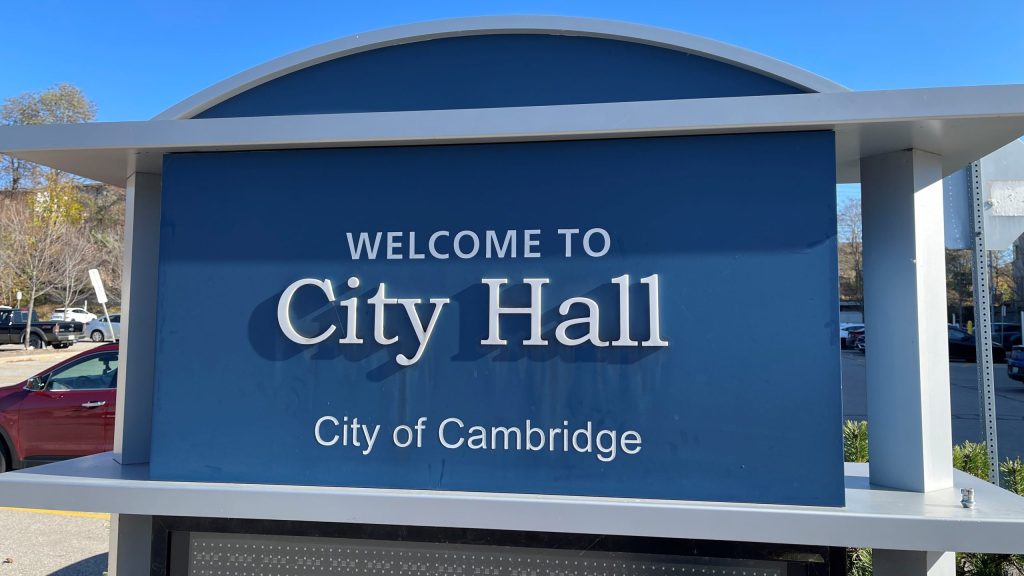Picasso’s rarely seen ceramics artwork featured in Iberian arts festival at Kennedy Center
Posted Mar 2, 2015 12:59:22 PM.
This article is more than 5 years old.
WASHINGTON – While Pablo Picasso crafted thousands of ceramic pieces late in his career that reflected his Mediterranean and Spanish roots, this art was long overshadowed by his famous paintings and sculptures.
Now a major exhibition of Picasso’s ceramics is making its U.S. debut as the centerpiece of a new Iberian arts festival at the Kennedy Center in Washington. Many people don’t know about Picasso the ceramist, so curators brought together more than 140 pieces to showcase his work.
Picasso’s approach was a departure from the centuries-old traditions of smooth and polished ceramics as he created his own shapes in clay and employed his own colorful painting style. Curators said they hope the exhibit surprises many visitors who already know some of Picasso’s work.
“He would really reinvent ceramics … he completely upended the way that you worked with clay” with a more roughhewn approach, said Josephine Matamoros, a Paris-based curator who created the exhibit.
The free exhibition opens Wednesday, requiring timed-entry tickets. “Picasso, Ceramist and the Mediterranean” will be on view through March 22. It was originally conceived for a Marseille-Provence 2013 cultural festival in France and last year and was shown at the National Museum of Ceramics near Paris.
As a ceramist, Picasso would transform traditional clay shapes, such as a water jug farmers would take into the fields. He moulded the tall jug into the shape a woman, creating a kind of sculpture. In the case of an oval serving platter, Picasso painted a bull-fighting arena surrounded by spectators, evoking a favourite subject from his native Spain.
While living much of his life on the French Riviera and vowing not to return to Spain under its fascist regime, Picasso idealizes his homeland, curators said. His ceramics provide a window into Picasso’s deep attachment to Mediterranean culture, Matamoros said. The artist would die in 1973 without ever returning to Spain.
The three-week, $6 million Iberian arts festival, “Iberian Suite: Global Arts Remix,” will also feature theatre, music, dance, design and fashion from Spain, Portugal and the regions they have influenced around the world for centuries.
Performance highlights include Spanish flamenco dancer Sara Baras; Latin-Grammy winner and Spanish singer Buika with Cuban artist Ivan “Melon” Lewis and theatre from Portugal, Spain and Brazil.
Contemporary artists from Portugal, such as Nuno Vasa, have created visual art installations. Vasa from Lisbon, Portugal, created a full-size cable car out of cork — a major Portuguese export — as an homage to Portuguese poet Fernando Pessoa, who wrote about cable cars.
Festival curator Alicia Adams said she wanted to show the mix of cultures and traditions.
“It actually is about cultural exchange and transformation over a very long period of time because of the impact of the explorers from the 15th century from the Iberian peninsula and where they went,” Adams said. “These explorations changed the world.”
___
Iberian Festival: http://www.kennedy-centre.org/festivals/iberia/
___
Follow Brett Zongker on Twitter at https://twitter.com/DCArtBeat










